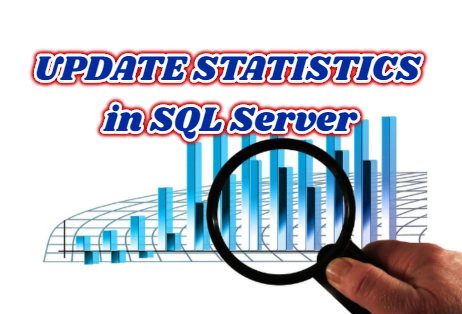Before SQL Server 2014, we were able to create an index in two ways by right-clicking on SSMS and clicking new index, or using the …
Read More »
Before SQL Server 2014, we were able to create an index in two ways by right-clicking on SSMS and clicking new index, or using the …
Read More »In this article, I will explain you to how to update your statistics with the UPDATE STATISTICS command by table or database basis. I recommend …
Read More »IntelliSense was introduced with SQL Server 2008. With this feature, we can now write TSQL Code in a more practical way. So where can we …
Read More »With Compound Operators, we can make operations on variables more easily. For example, let’s assume that @a is a variable and we want to increase …
Read More »Security is the biggest concern nowadays particularly for those who manage critical applications.Every database must have …
Read More »We can use try-catch blocks in TSQL since SQL Server 2005. In the try block; We write the TSQL code that we want to catch …
Read More »In SQL Server, we can join two tables with JOIN operators. You can read the “Join Types in SQL Server” article. With the CROSS …
Read More »The PIVOT , which is indispensable for Excel users, can be implemented with SQL Server 2005 via T-SQL. But I can’t say it’s as talented …
Read More »OUTPUT Clause transfers the records affected by the currently executed INSERT, UPDATE, or DELETE operations to the specified table. So we can easily capture …
Read More »These are the special sorting functions that we can use to sort the data that we select from the tables at run time. ROW_NUMBER …
Read More »